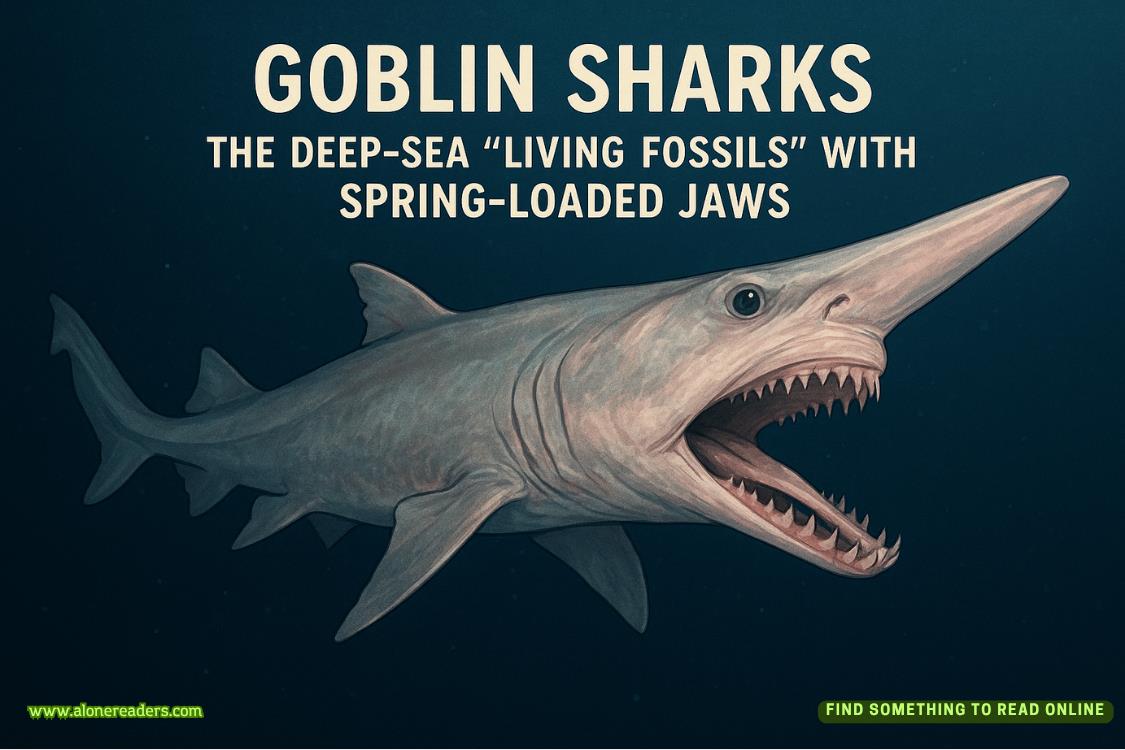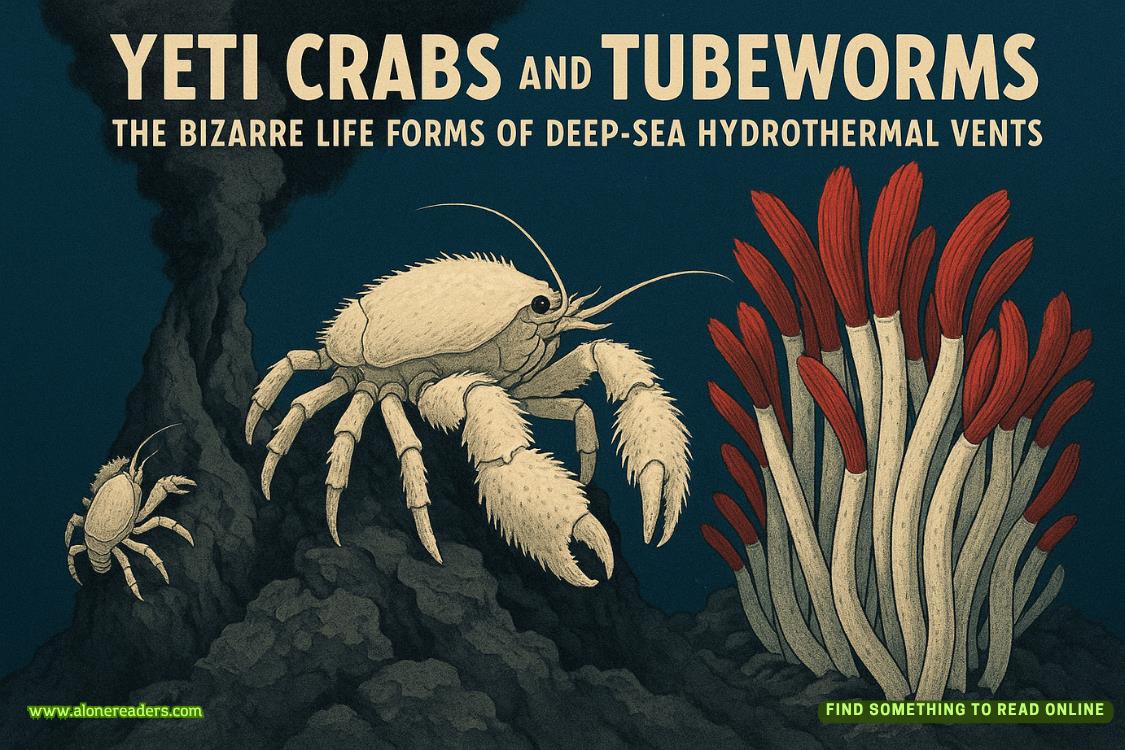Page 43 of The Pass Protection
Tonight is my first intramural game, and since today is my long day on campus, I’m already dressed in the clothes I’ll wear for the game. This is why I’m thankful I have the freedom to wear what I want for class. I’m dressed in white lightweight basketball shorts that hit mid-thigh with a black Michael Jordan Chicago Bulls jersey.
Taking the stairs two at a time, I make it to the third floor, where my classmates wait for the doors to open for the lecture hall. The doors open within minutes, and students begin funneling inside the mid-sized room. Clutching my backpack straps, I bounce down the stairs until I sit closer to the front, but not in the front row. Sliding down the row, I find a vacant seat in the middle.
Slipping my backpack free from my shoulders, I place it at my feet as I sit. After removing my laptop, I log in and find my Word document for note taking while waiting for the professor.
Right on time, our professor, a former Major League Soccer executive, enters the room and takes his place behind the podium. He adjusts his iPad until it’s projecting on the large screen, and he’s ready to dive into the day’s lesson in sports ethics and laws—a topic I find quite interesting.
“Good morning,” the professor greets, his commanding voice silences the large room. He’s the only professor I have who doesn’t use a microphone. His deep, booming voice is loud enough. “This morning, we will dive into scandals in the sports world.”
Flipping the screen, the title of an article appears as he directs us to a case study that was available on the online portal. The room falls silent as we read the article. The scandal was something I was familiarwith, but as I read the article, new details came to light. Many people admired the athlete, and when the news came out, it rocked the sports world.
After a few minutes, Professor Delgado interrupts the silence. “All right, now that you are familiar with the case, let’s discuss. What are your initial thoughts?”
Hands raise around me, but I hesitate. Professor Delgado calls on someone. “I think it’s greed.”
I roll my eyes while the professor asks the student to elaborate.
“Everything is about money, and it’s a proven fact that when an athlete is the best, they gain better sponsorships and contracts.”
The professor moves from behind the podium and leans against the desk, arms crossed over his chest, as he observes the class.
“That’s an interesting take and very possible. Does anyone else have an opinion as to why an athlete may turn to doping.”
Again, hands raise, but this time, I don’t hesitate as my hand shoots into the air. Professor Delgado points to me. My heart rate increases as my palms grow balmy, and the attention of the class turns toward me. Public speaking is not my favorite thing. In fact, I’d rather be the silent observer, but this topic needs a different perspective.
“What about the mental health of the athlete?”
“Oh, great, here we go,” some douchebag behind me interrupts. “There’s always one who has to bring up mental health as a reason.”
A few whispers and chuckles follow, but I refuse to acknowledge them as I keep my attention on the front of the room where our professor stands. He gives me a “go ahead” twirl of his fingers.
“Mental health is a valid reason. Let’s take college athletes, for example. Most athletes are eighteen to twenty-two years old, experiencing independence for the first time without parental guidance while juggling the pressures of the game they love. There’s a culturesurrounding sports to win at all costs because fans and the media will let you know of their disapproval if you don’t. These athletes are always under stress to perform at their best, to never make a mistake, and to win at all costs. Social media and keyboard warriors have entered the athletes’ space, and the pressure has only grown with it. God forbid a team loses, and so-called fans are calling for players to be traded, to be benched, and, as fucked up as it is, to ‘kill themselves.’ There are jokes about putting athletes on suicide watch if they make a mistake that costs the game. Newsflash, one mistake isn’t the reason for a loss. Sure, in that moment, it might seem that way, but a missed tackle or a turnover causing the opponent to score can all be factors in why a team loses, not one missed field goal. The stress has reached an all-time high with the entitlement of the fans and so has the desire to be the best, which has only increased the temptation to doping.”
Silence falls over the room as the professor watches me, and an uneasiness rolls down my spine. Did I say too much? But just as I’m starting to doubt myself, a curve starts on Professor Delgado’s lips, morphing into a smile.
“Ahh, that’s a very unique approach in more of the athlete’s mindset.” My cheeks heat as more heads snap my way.
Professor Delgado returns to his place behind the podium as he continues the lecture. I settle in and begin to type away on my keyboard, notating key points. An hour later, as class starts to come to an end, he flips to the last slide of his presentation.
“Your next assignment will be to create an educational campaign to prevent doping in sports. As sports management majors, it is important for you to understand the reasoning behind an athlete’s motivation to dope, as well as regulations and consequences.”
He clicks to the next slide with all the assignment details, and I allow my fingers to fly over the keys as I type out all of the details ashe speaks. “With the assignment, you should create a comprehensive and impactful campaign targeting both athletes and the broader sports community. I want to give you the freedom to be creative with this assignment. You can approach it any way you think will be most effective.”
On the screen is a list of ideas ranging from poster designs to social media strategies, a presentation plan that includes videos with interactive polls, and alternative approaches that could include documentaries, podcasts, or designing an app.
My brain begins to spin as I think of how I’ll complete this assignment, but the one thing I know is that I’ll be raising awareness of mental health struggles among athletes.
“Whichever strategy you decide on, there should be an overall theme to your presentation, whether it be gaining more monetary benefits, mental health pressures, wanting to be the best in their sport, or whatever the case may be. Remember, the goal of this assignment is not just to complete it for a grade but to create something that could be used in real life to make a genuine difference in the sports world. There will be a detailed rubric and some examples of effective campaigns to help guide you on the portal. You will have four weeks to complete this assignment, but don’t wait until the last minute. If you have any questions, please feel free to email me or schedule a meeting with me during office hours. Good luck.”
And with those parting words, Professor Delgado dismisses class. Shutting down my laptop, I slide it into my backpack before heading down the row. A few lingering people remain, and I can feel their eyes tracking my movements. But I don’t pay them any attention. I still have over five hours left in my school day before I can work my problems out on the basketball court.
“There she is,” Dylan, one of the guys on my team, greets me as I make my way across the court to our bench on the sideline.
Kyrie, another teammate, nods. “S’up, baller?”
“Hey, guys!” I give a small wave.
Finding a spot on the bench, I sit and unlace my sneakers before reaching inside my gym bag and pulling out my basketball shoes. Sliding my stocking feet inside the black sneakers, I adjust the tongue before tightening the laces until they’re snug on my feet.















